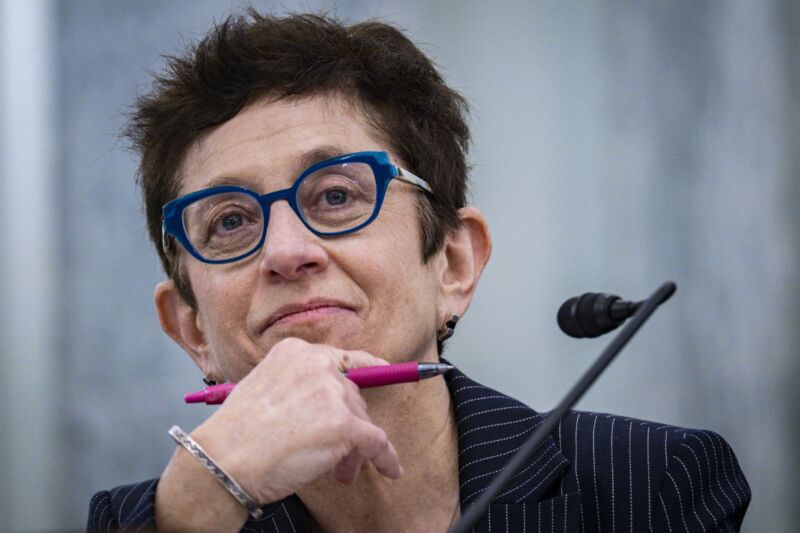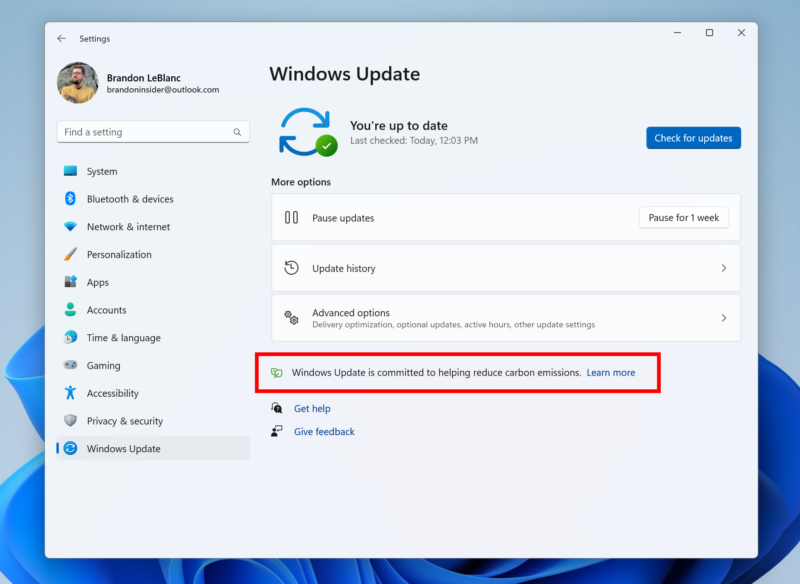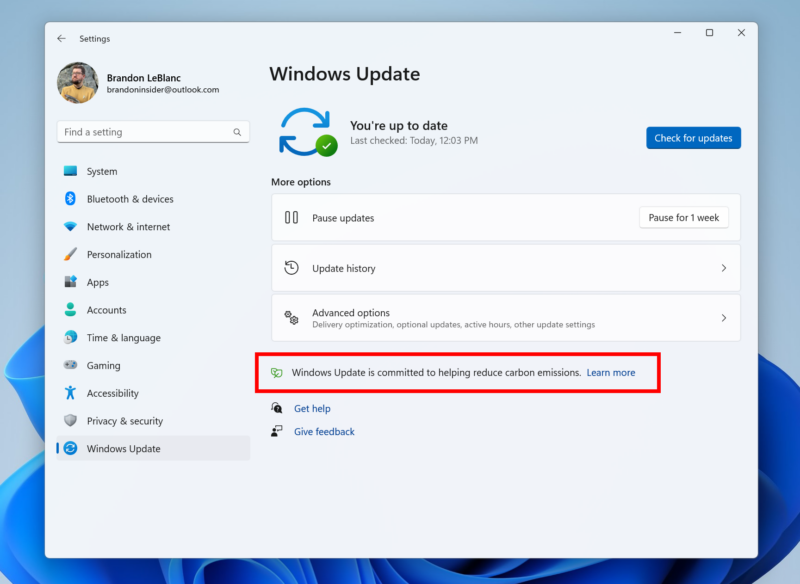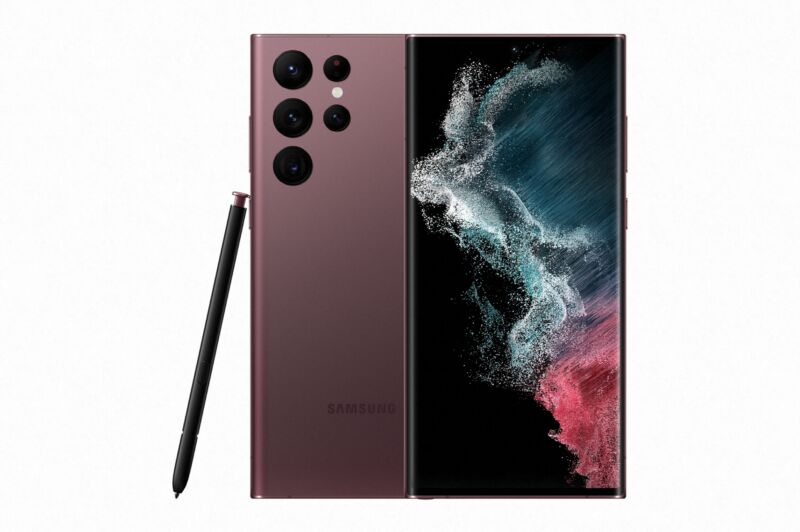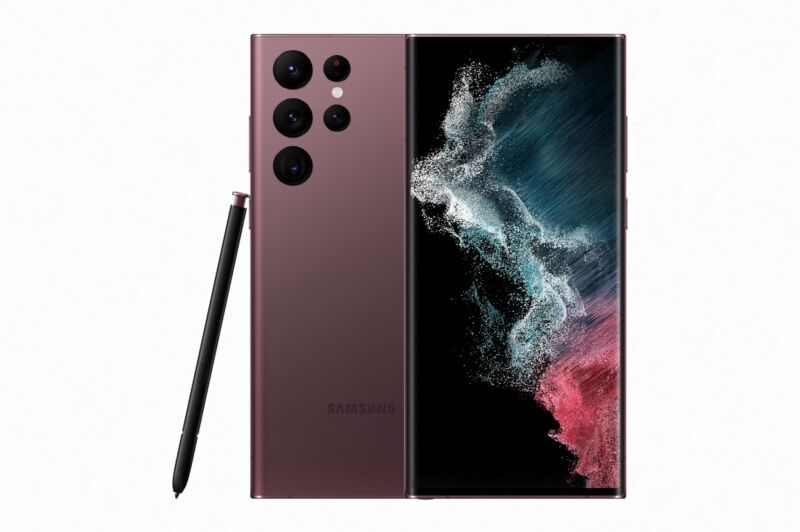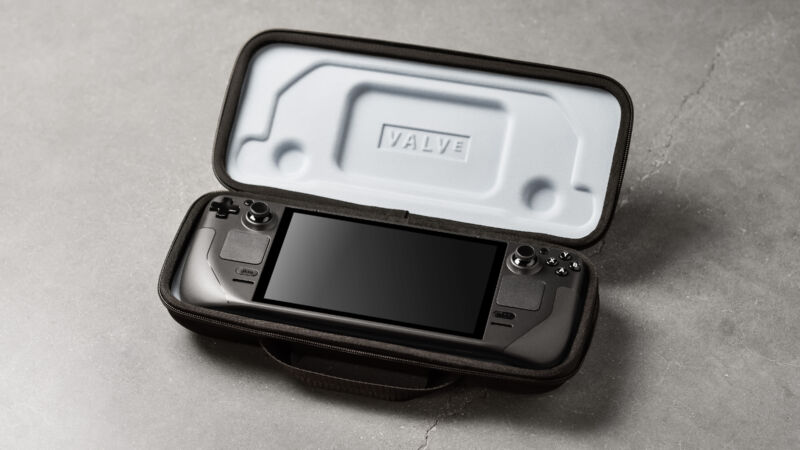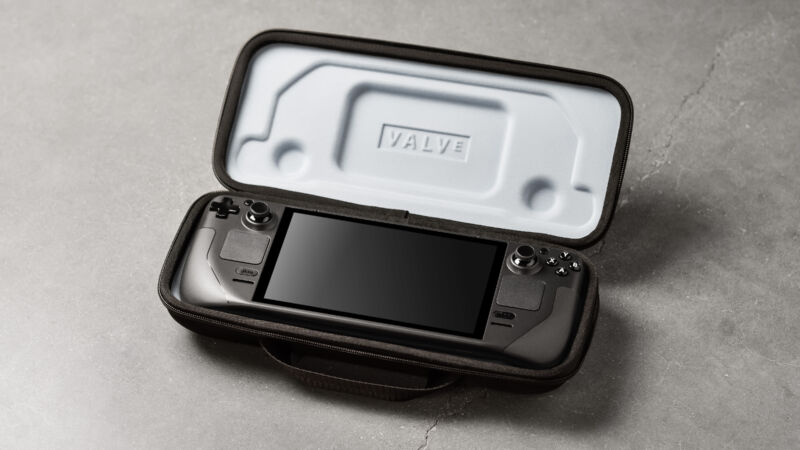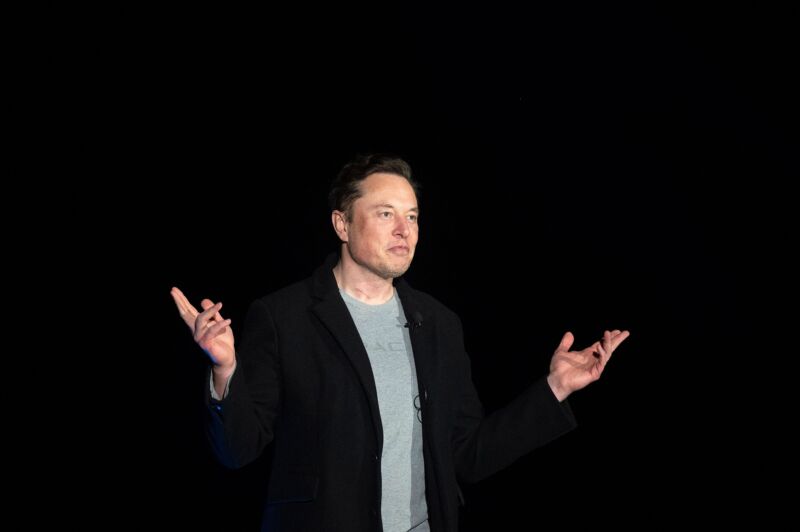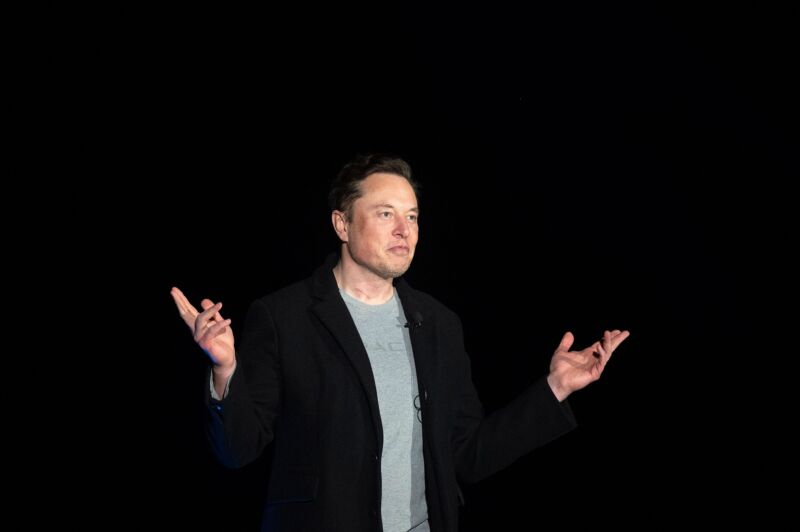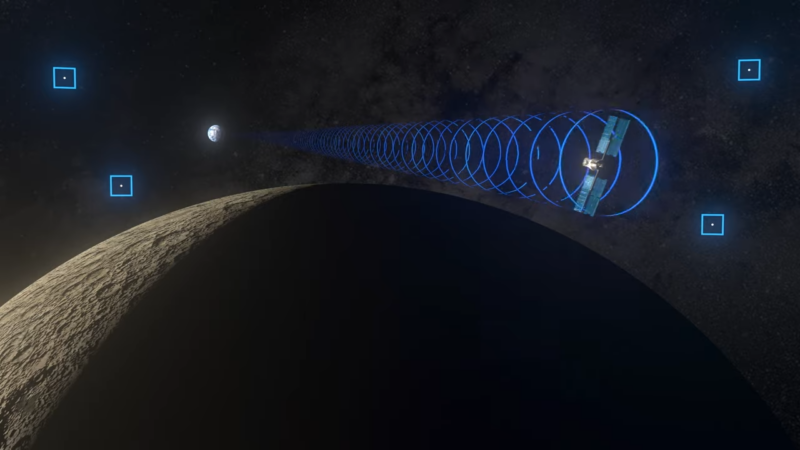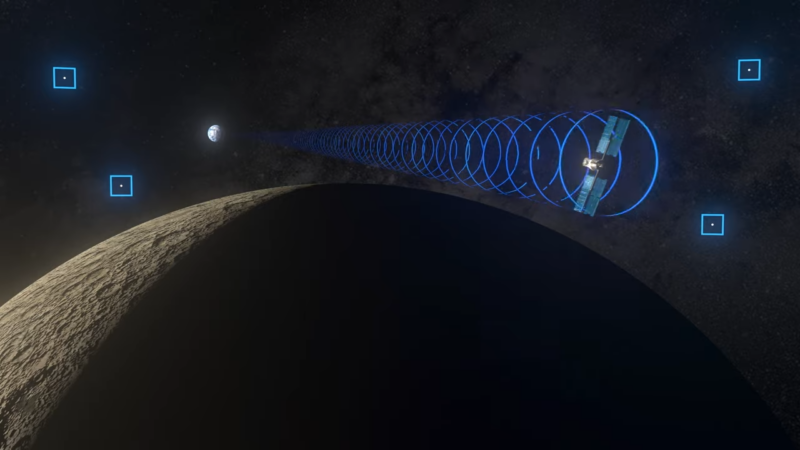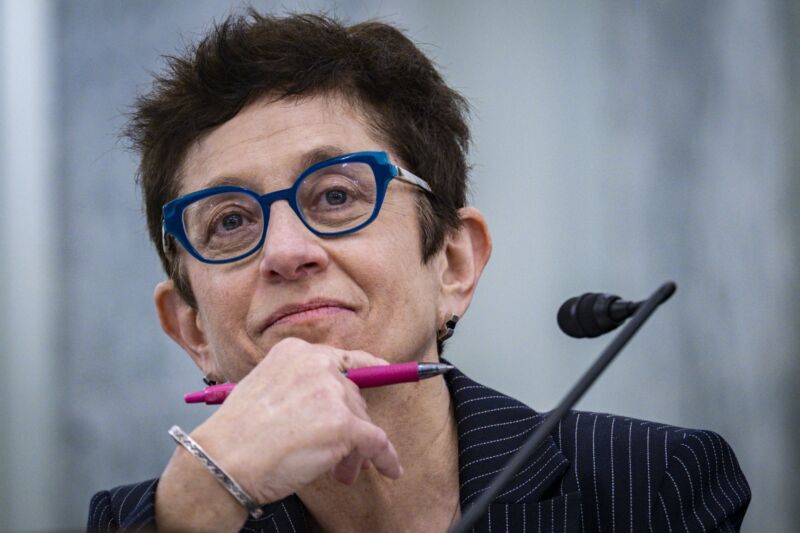
Enlarge / Gigi Sohn testifies during a Senate Commerce Committee hearing examining her nomination to the Federal Communications Commission on Wednesday, Feb. 9, 2022. (credit: Getty Images | Pool)
The Senate Commerce Committee today sent President Biden’s nomination of consumer advocate Gigi Sohn for a spot on the Federal Communications Commission to the full Senate. Sohn’s nomination was advanced with a 14-14 tie vote due to Republican opposition and still needs approval on the Senate floor.
The FCC has been stuck with a 2-2 partisan deadlock for Biden’s entire term, but Sohn’s confirmation would allow Chairwoman Jessica Rosenworcel to proceed with items opposed by Republicans. That includes the restoration of net neutrality rules and Title II common-carrier regulation of broadband providers.
The tie vote in committee makes the process of setting up a final Senate vote more complicated, but it can be accomplished if all Democrats back Sohn, a Broadcasting + Cable report explained. There were also tie votes in two other nominations advanced today by the Senate Commerce Committee. Those were for Federal Trade Commission nominee Alvaro Bedoya and Consumer Product Safety Commission nominee Mary Boyle.


